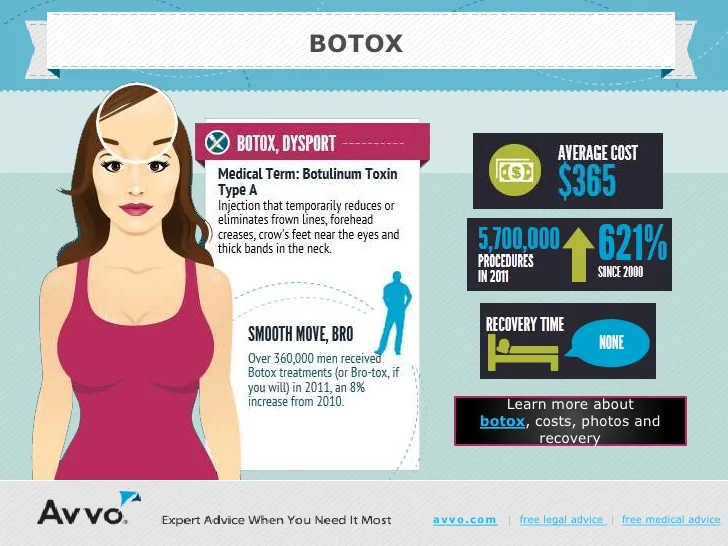Should You Moisturize Acne Prone Skin
Should You Moisturize Acne Prone Skin
Blog Article
Hormonal Acne - What is Hormone Acne?
Hormonal acne is characterized by stopped up pores and oily skin that typically appears on the chin and jawline. It happens when hormone adjustments set off inflammation and bacterial overgrowth within hair roots.
Outbreaks might appear as whiteheads, blackheads, papules or pustules and cysts or blemishes in more serious cases. It is a lot more common in teenagers going through adolescence but can impact grownups of any type of age.
What Creates Hormonal Acne?
While acne can be brought on by a range of variables, including making use of hair and skin care items that aren't oil-free or made with ingredients that might obstruct pores, genetic proneness, diet plan,2 and anxiety, the origin is fluctuating hormones. Hormone acne takes place when the body experiences hormone adjustments and variations that cause an overproduction of sebum, which creates swelling, raised development of bacteria and modifications in skin cell activity.
Hormone acne is typically found on the reduced jawline, cheeks and neck but can show up anywhere on the body. It is characterized by imperfections that are cystic, agonizing and filled with pus or various other material. It is additionally most likely to occur in females than men, specifically during the age of puberty, the menstrual cycle, maternity or menopause.
Age
While numerous kids experience acne at some point during adolescence, it can remain to torment adults well into the adult years. Known as hormonal acne, this form of outbreak is linked to fluctuations in hormones and is usually most usual in ladies.
Hormone acne happens when oil glands create too much sebum, which obstructs pores and catches dead skin cells. This causes the formation of blemishes, such as whiteheads, blackheads and papules, pustules, cysts or blemishes, deep under the surface area.
This kind of blemish often causes discomfort, inflammation and inflammation. It might likewise be cyclical and appear around the very same time every month, such as right before your period begins. This is since levels of women hormones like progesterone and oestrogen fluctuate with each menstruation.
Menstruation
Hormonal acne commonly appears in the lower part of your face, along the jawline and cheeks, as whiteheads, blackheads or inflammatory acnes (pimples and cysts). It's most likely to show up around the time when your menstrual cycle adjustments.
Specifically around ovulation, when estrogen and progesterone levels are on the surge, hormone variations can trigger breakouts. Yet it's likewise feasible to get acne at any factor during your 28-day menstruation.
If you discover that your hormonal acne flares up right before your duration, try seeing when precisely rejuvenation this happens and see if it connects to the phases of your 28-day menstruation. This will aid you pinpoint the origin of your skin difficulties. For example, you might wish to work with stabilizing your blood sugar and eliminating high-sugar foods, or take into consideration a prescription medicine like spironolactone that can manage your hormonal agents.
Pregnancy
Expanding an infant is a time of significant hormonal adjustments. For numerous females, this includes a flare-up of hormone acne. This type of outbreak usually starts in the very first trimester, around week 6. It's caused by hormonal agent surges that promote sebaceous glands to make more oil, which can clog pores and trigger even more germs to build up.
Outbreaks might likewise occur as a result of pre-existing conditions like polycystic ovary disorder, which can also be a problem while pregnant and menopause. Also, some kinds of contraceptive pill (such as Ortho Tri-Cyclen and YAZ) can set off hormone acne in some females.
Fortunately, the majority of acne treatments are "no-go" for expecting females (consisting of popular acne-fighting components such as isotretinoin and spironolactone). Yet if you can not avoid those bothersome bumps, your physician might prescribe dental erythromycin or cephalexin, which are secure during pregnancy.
Menopause
As women approach menopause, the estrogen degrees that created their hormonal agent acne to flare up during adolescence start to stabilize and decrease. At the same time, nevertheless, a spike in androgens (likewise called male hormonal agents) occurs because these hormonal agents can not be exchanged estrogen as effectively as before.
The extra of androgens can activate oil manufacturing by the sweat glands, which blocks pores. When the clogged up pores come to be swollen and irritated, an acne forms.
Hormonal acne is usually seen on the face, specifically around the chin and jawline, but it can happen on the neck, back, shoulders, or breast. This kind of acne has a tendency to flare up in an intermittent pattern, similar to the menstrual cycle. Anxiety, which raises cortisol and throws hormones out of balance, also contributes to the outbreaks.